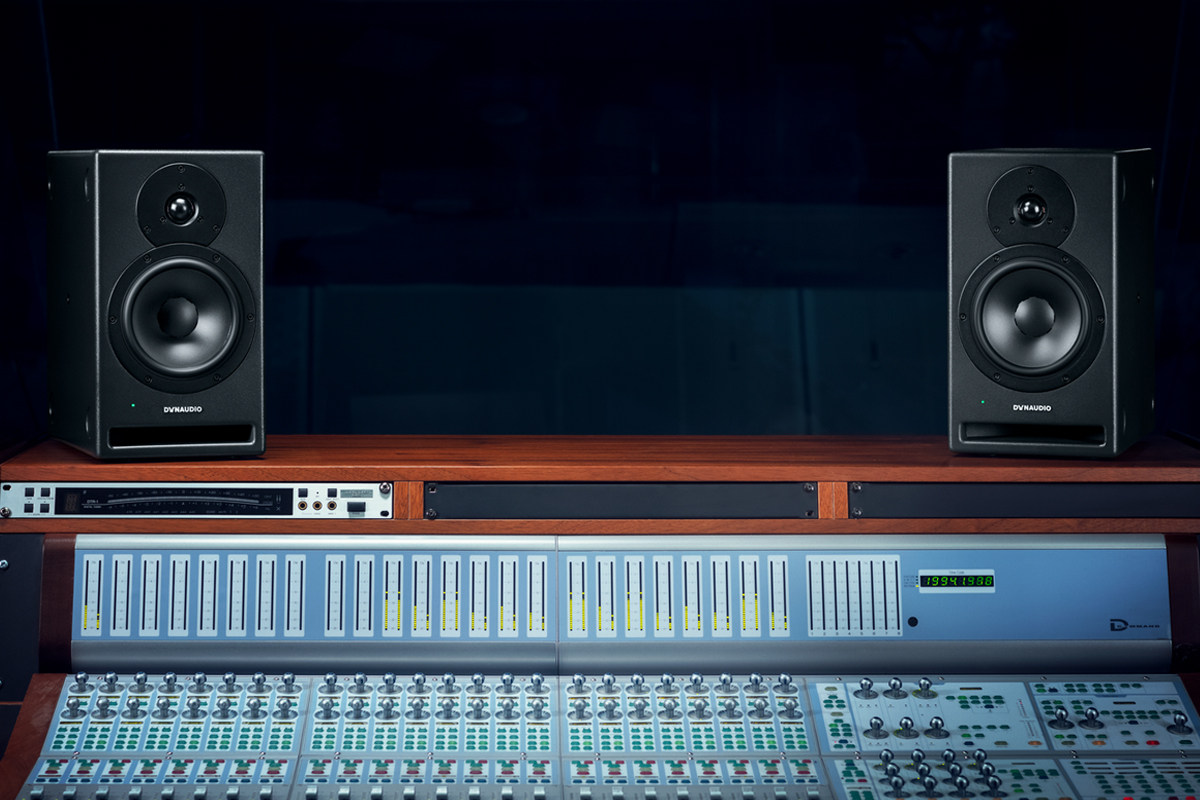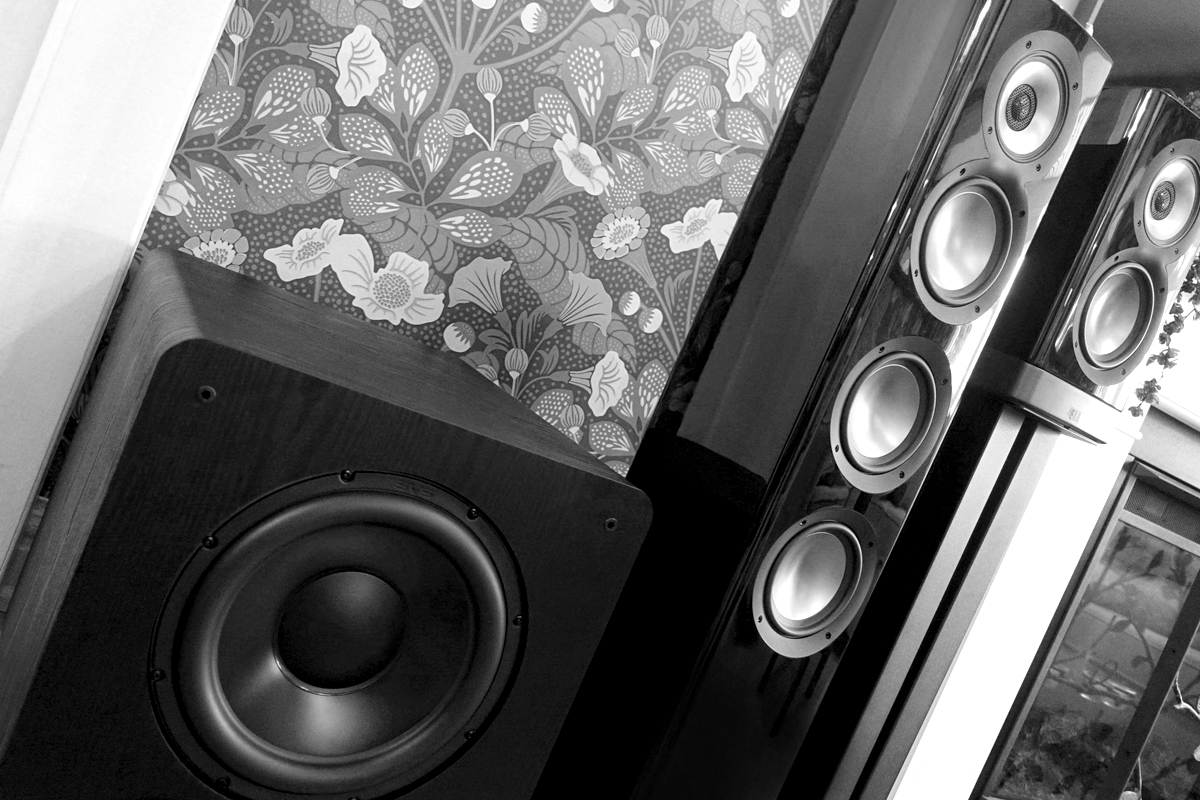
- Written by: Gordon Brockhouse
A year ago this week, Amazon shook up the audio world with its announcement of Amazon Music HD, a streaming service that today offers 60 million tracks in lossless 16-bit/44.1kHz CD resolution, plus “millions” of hi-rez tracks in resolutions up to 24/192. While lossless and hi-rez files were already available from Qobuz and Tidal, the leading streaming services all used lossy codecs, so Amazon’s embrace of hi-rez audio was big news.

- Written by: Gordon Brockhouse
On a Friday morning, two years ago this month, an unexpected e-mail from SoundStage! publisher Doug Schneider appeared in my inbox. I say “unexpected” because, at the time, I barely knew Doug. We’d met a few times at such audio events as CEDIA and the Consumer Electronics Show, and I knew Doug by reputation, having been a regular reader of SoundStage! publications since the Network’s launch, in 1995. We arranged to chat by phone.

- Written by: Gordon Brockhouse
In the two years I’ve been writing for SoundStage! Simplifi I’ve reviewed 15 stereo loudspeakers, all of them active or powered models. There’s a practical reason for this. I don’t have a dedicated music room, and our living room isn’t big enough to accommodate a conventional audio system of separate components: sources, amplifiers, and passive speakers. So the music systems in our current home have been built around active speakers -- first, Dynaudio’s Focus 200 XD, which, following a firmware update, is sonically and functionally identical to the newer Focus 20 XD ($5999/pair, all prices USD); and, later, Elac’s Navis ARF-51 ($4599.98/pair).

- Written by: Gordon Brockhouse
When I reviewed Elac’s Navis ARF-51 active floorstanding speakers ($4599.96/pair, all prices USD) in September 2019, I rediscovered something I’d been missing for the previous six years: kick-ass bass.

- Written by: Gordon Brockhouse
Many of the products I’ve recently reviewed for Simplifi have been DACs with built-in streamers -- most recently, Bryston’s BDA-3.14 ($4195, all prices USD) and iFi Audio’s Pro iDSD ($2749); and, before that, NAD’s Classic C 658 ($1649), Lumin’s T2 ($4500), and Naim Audio’s ND5 XS 2 ($3495).

- Written by: Gordon Brockhouse
In my last three columns, I wrote about how streaming is changing the ways people discover and experience music. In my January feature, “The State of Streaming,” I looked at streaming services that deliver lossless CD-resolution and high-resolution music. In “The Name Game,” published February 1, I wrote about how streaming has given rise to whole new classes of audio components, and set out to establish some definitions. And in my March feature, “Rules of the Game,” I discussed the software protocols that enable these new components to talk to one another, and compared their benefits and drawbacks.

- Written by: Gordon Brockhouse
In last month’s feature, I looked at the various kinds of components that can make up a Simplifi’d music system. As I noted then, networked music systems include three broad classes of components that traditional hi-fi systems don’t: servers, which send audio data (and metadata) over a home network; streamers, which receive and render that data; and controllers, with which users select music and control its playback.

- Written by: Gordon Brockhouse
I sometimes wonder if the name of this site, Simplifi, contradicts its stated mission to cover “convenient, lifestyle-oriented hi-fi,” per the blurb on the SoundStage! Network portal.

- Written by: Gordon Brockhouse
It’s the start of a new year -- and, depending on your math, the beginning of the 2020s or the end of the 2010s. Do the 2020s officially begin on January 1, 2020, or on January 1, 2021? Whichever, it’s time to look at the top audio trends of the past year and the past decade.

- Written by: Gordon Brockhouse
Judging by the crowds at Audio Video Show 2019, held Friday-Sunday, November 8-10, in Eastern Europe hi-fi is a family affair. The 23rd edition of the show was held in three venues in central Warsaw, in Poland: the Radisson Blu Sobieski and Golden Tulip hotels, and the PGE Narodowy, or National Stadium.

- Written by: Gordon Brockhouse
What would you rather do on a glorious Canadian autumn weekend: Go for a hike in the woods? Do some urban exploring? Listen to great audio equipment in a suburban hotel?
Over the weekend of October 18-20, 3500 people chose the third option, spending hours or days at the second edition of the Toronto Audiofest, held at the Westin Toronto Airport Hotel in Mississauga, Ontario.
- Hi-Rez à-Go-Go
- Streaming the Classics
- Play Nice Together -- An Interview with Rob Darling of Roon Labs
- Active Voices, Part Three: KEF's Jack Oclee-Brown
- High End 2019, Simplifi'd
- Active Voices, Part Two: Axiom Audio's Andrew Welker
- Montréal Audio Fest Simplifi'd
- Active Voices, Part One: Elac's Andrew Jones
- Let's Keep it Simple
- A Roon of One's Own
- How I Simplifi'd My Wi-Fi
- Are Downloads Dead?
- Hi-Rez Streaming: Tidal vs. Qobuz
- Toronto Audiofest 2018 Simplifi'd
- How I Simplifi'd My Hi-Fi
- Time to Celebrate: Five Years of Google Chromecast
- How Good Can Voice Recognition Get?
- Are Smart Speakers Any Good for Audiophiles?
- High End 2018, Simplifi'd
- Is the Smart Speaker a Dumb Idea?
- What's Up with Apple AirPlay 2?
- The Spotify Dilemma
- CES 2018, Simplifi’d
- Farewell, CES
- Room Tunes
- Social Streaming
- CEDIA 2017, Simplifi’d
- Classical Prime Time
- The Röst Reconsidered
- High End 2017, Simplifi'd
- Vinyl: There's an App for That
- Metadata: Life with Roon
- The Internet and Audio: The Good, the Bad, and the Impossible
- The State of Streaming
- CES 2017, Simplifi'd
- Why "Simplifi"
SoundStage! Simplifi is part of
All contents available on this website are copyrighted by SoundStage!® and Schneider Publishing Inc., unless otherwise noted. All rights reserved.
This site was designed by RocketTheme, Karen Fanas, and The SoundStage! Network.
To contact us, please e-mail info@soundstagenetwork.com





